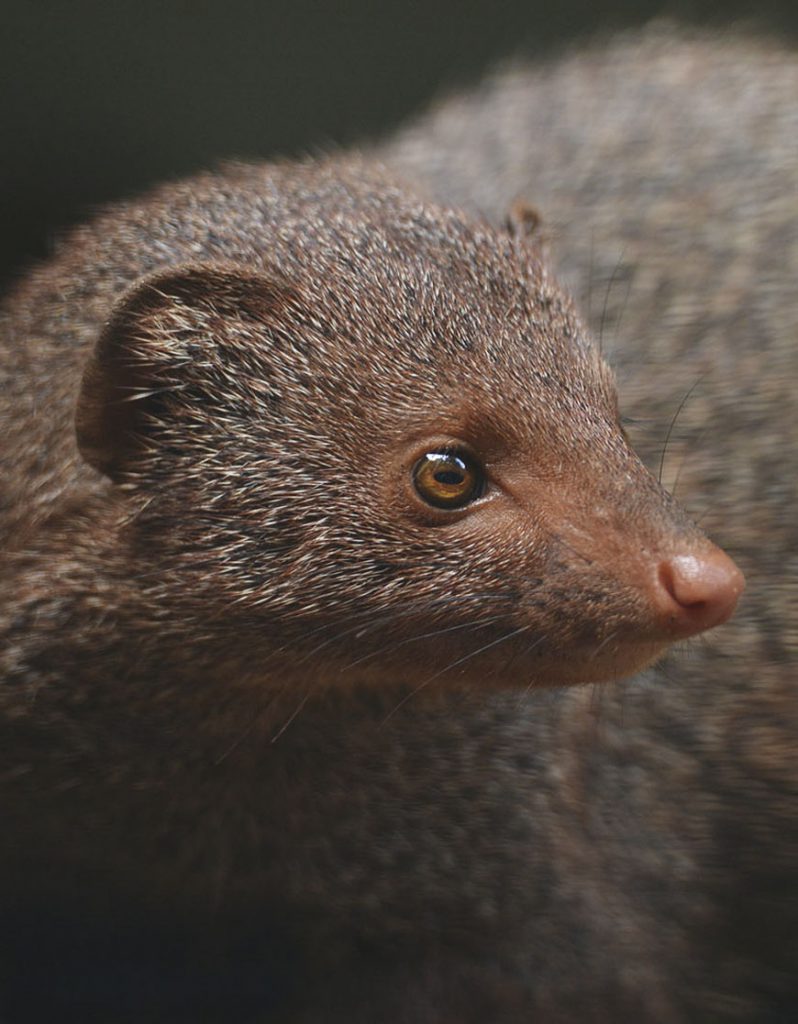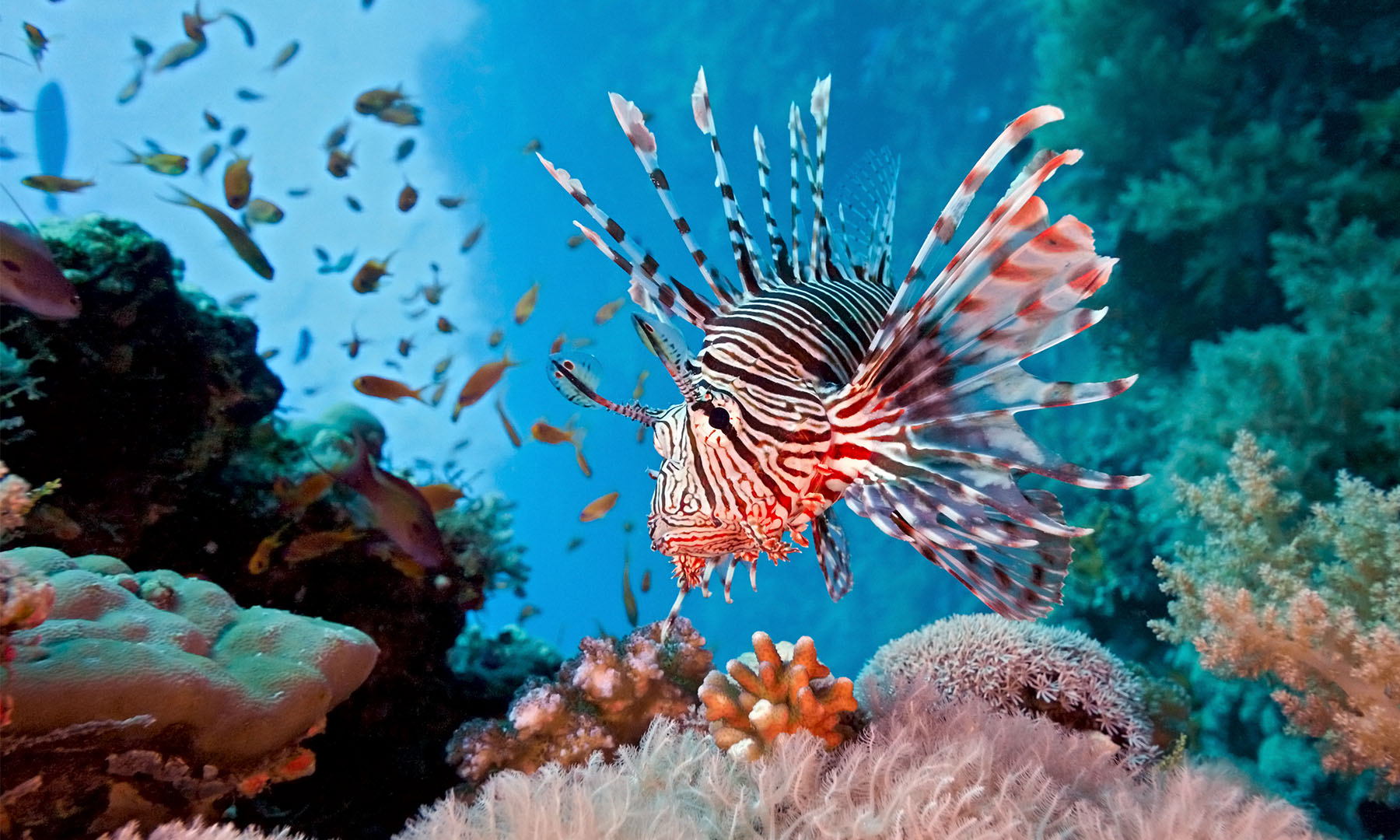Small Indian Mongoose


Small Indian Mongoose
LOCATION
Scientific name
NATIVE ORIGIN
Mongoose were first introduced to the Caribbean region in the late 19th century for rat control on sugar cane plantations. From Jamaica, they were taken to Puerto Rico, St. Croix, St. Thomas and St. John between 1877 and 1879.
Mongoose do not have breeding seasons with females producing 2-3 litters a year between 49 day gestation periods. Litters can range from 1 to 5 “pups” that begin to hunt for their mothers at only 6 weeks of age. In the wild, life expectancy of mongoose is 3 to 5 years.
Ecological Impact
Management/Control
What You Can Do!
- You can report mongoose sightings and/or interactions by calling the Division of Fish and Wildlife offices directly at (340) 773-1082. You may also submit an anonymous “tip” to the DPNR hotline. This can be done online through the website DPNR Hotline (vi.gov) or on the go through the downloadable DPNR Hotline App!
Download on the Google Play App Store
Download on the Apple App Store
- We understand mongoose are especially common in the USVI but any data is good data and gives DFW a better understanding as to where population hotspots are on the islands, and where to concentrate our eradication efforts.
References
- Seaman and Randal 1962
- Nellis 1989, Lewis et al. 2011
- Horst, G.R.; Hoagland, D.B.; Kilpatrick, C.W. The mongoose in the West Indies: The biogeography and population biology of an introduced species. In Biogeography of the West Indies: Patterns and Perspectives, 2nd ed.; CRC Press: Boca Raton, FL, USA, 2001; pp. 409–424.
- Hoagland, D.; Horst, G.; Kilpatrick, C. Biogeography and population biology of the mongoose in the West Indies. In Biogeography of the West Indies: Past, Present and Future; Wood, C., Ed.; Sandhill Crane Press: Gainesville, FL, USA, 1989; pp. 611–633. [Google Scholar]
- Berentsen, A. R., Pitt, W. C. & Sugihara, R. T. Ecology of the small Indian mongoose (Herpestes auropunctatus) in North America. In Ecology and Management of Terrestrial Vertebrate Invasive Species in the United States (ed. Pitt, W. C., Beasley, J. C., Witmer, G.) 251–267, https://doi.org/10.1201/9781315157078 (2018).
- issg Database: Ecology of Herpestes auropunctatus
- (Roy et al. 2002)
- Peridomestic small Indian mongoose: An invasive species posing as potential zoonotic risk for leptospirosis in the Caribbean – ScienceDirect
- Herpestes auropunctatus (small Indian mongoose) (cabi.org)
Location: 6291 Estate Nazareth St. Thomas USVI 00802
Phone: 1-340-774-3320 1-340-773-1082
Email: info@invasive.vi.gov


